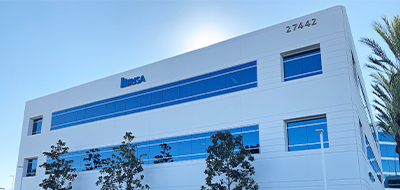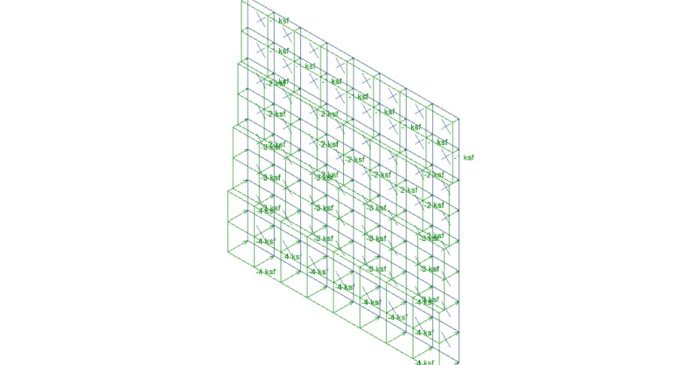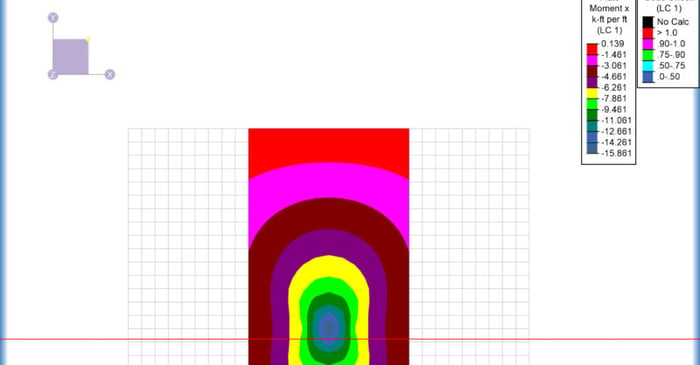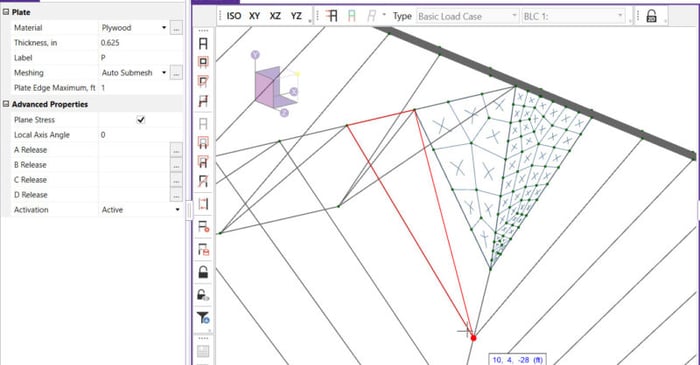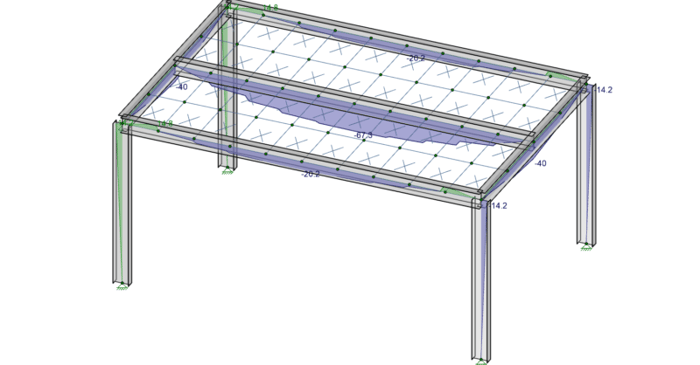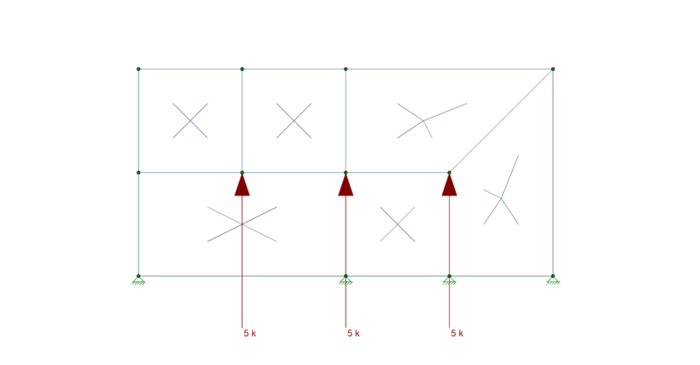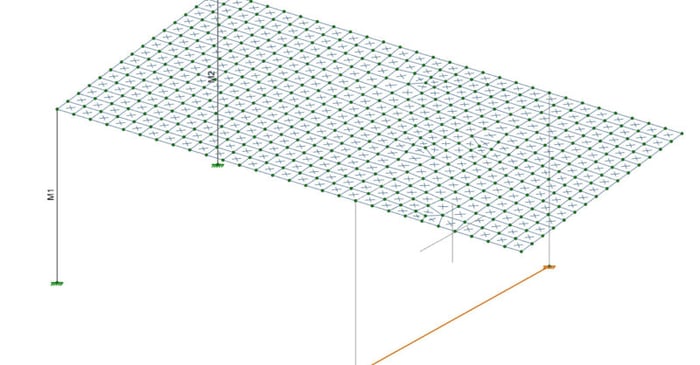
February 6, 2012
How do Plates and Walls interact with each other?
Below is a model of a concrete flat slab (represented by a plate) which is bearing on two columns and a skewed wall. As we know from plate meshing we will obviously have to submesh this slab in order to get accurate results. However if we do an ordinary submesh (as shown below) the plates will not...



